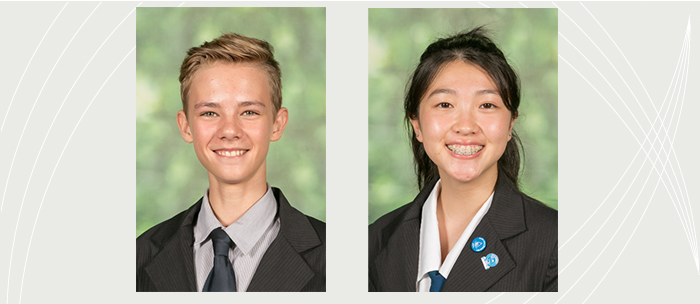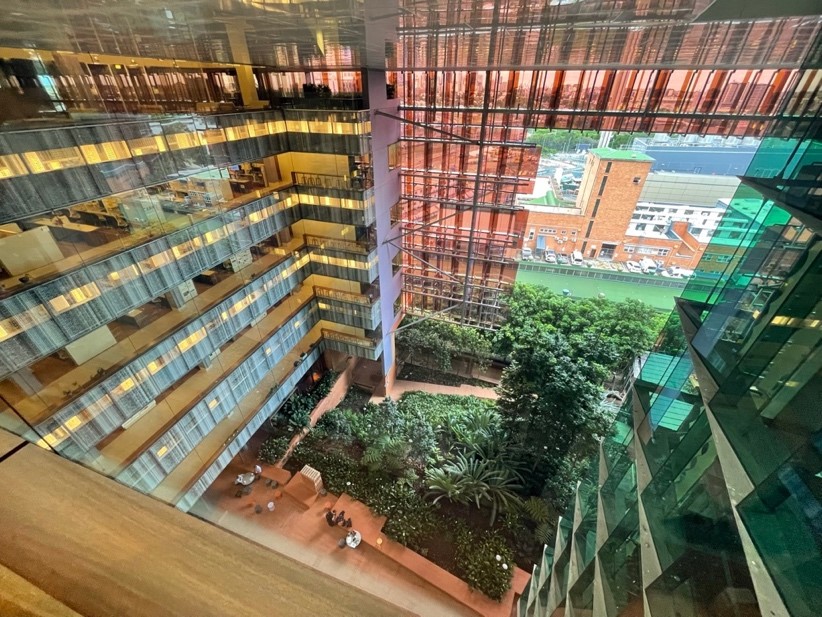
During the first week of the summer holidays myself and fellow QAHS student, Sophie Caruana participated in SPARQ-ed's Research Immersion Programme at the Translational Research Institute (TRI) in Brisbane.
The programme, designed to thoroughly immerse high school students in the world of biomedical research, saw us join a group of eleven other high school students from across Queensland. Throughout the week, we worked alongside UQ PhD students in an industry-level PC2 laboratory. We set about asking the question: 'What is the relationship between PAMP treatment, cellular activation and specific cytokine production in RAW264.7 cells?'
The first day saw us introduced to the SPARQ-ed team and briefed on the project. It was then straight into the laboratory to learn the essential skills of micropipetting and serial dilution. On day two of Immersion, we conducted a Griess assay to analyse the amount of nitric oxide (NO) produced by the cells. We were also treated to a presentation by Associate Professor Jean-Pierre Levesque who introduced us to the exciting science of stem cells. 
Wednesday was spent conducting enzyme linked immunosorbent assays, or ELISAs. These experiments analysed the production of three different cytokines by the cells (TNF-α, IL-6, and IL-1β). Cytokines are produced by activated macrophages to communicate with other cells. We were also treated to a presentation by Professor Antje Blumenthal, who introduced us to the role of macrophages in her pioneering tuberculosis research.

On day four we were introduced to another side of science, data processing. The time had come for us to sit down and figure out exactly what all of the numbers we had collected over the past two days actually meant. This process took some time to get the hang of, but with practice it became much easier, and by the end of the day, we all felt confident that we knew what needed to be said in the next day’s presentations. On this day we were also lucky enough to take a tour of the magnificent TRI building.
 The last day of the programme was spent busily preparing for our presentation. We broke out into small groups and worked together to synthesise a presentation about our research to be delivered later that day. This was a wonderful way to finish the week and allowed us to understand how important communication is as a scientist.
The last day of the programme was spent busily preparing for our presentation. We broke out into small groups and worked together to synthesise a presentation about our research to be delivered later that day. This was a wonderful way to finish the week and allowed us to understand how important communication is as a scientist.
The SPARQ-ed Research Immersion Programme was truly an incredible experience. In just one week, we learned so much about the scientific process and life as a scientist. We gained invaluable and hands-on experience in a PC2 laboratory, produced entirely new results in a previously unknown area, and met a small village of incredible people.


Samuel Brown
Year 11 Student